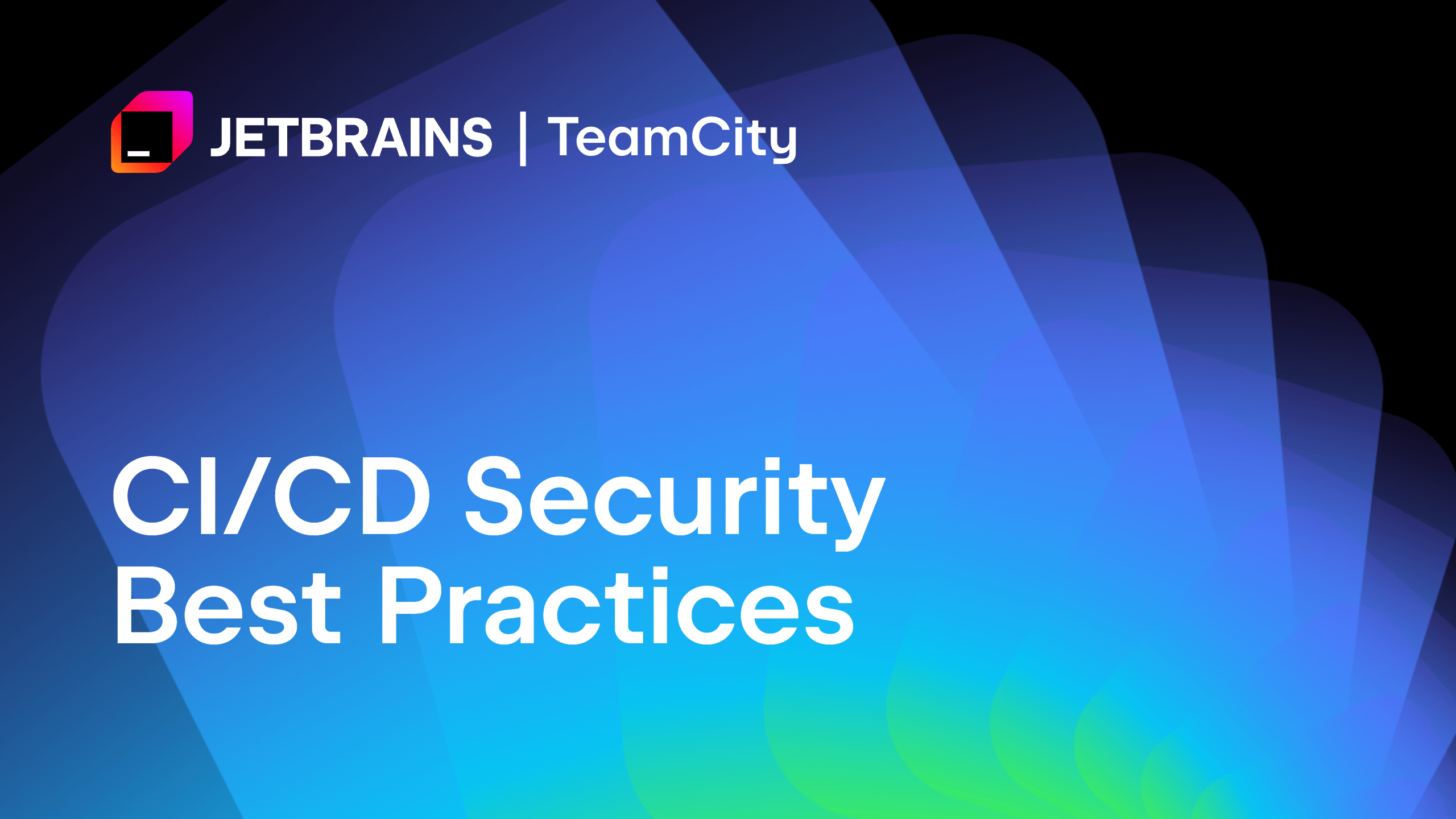CI/CD Security Best Practices
Software development moves at breakneck speed, with teams working from different locations around the world, creating opportunities for security challenges. The fast pace of development can lead to multiple entry points and less time to catch potential threats, making each commit, build, and deployment a new chance for something to go wrong.
That's where CI/CD (Continuous Integration/Continuous Deployment) security comes in. This set of practices and controls protects the entire software delivery process, prioritizing code safety from the start and is built-in rather than a separate phase. It's an integral part of DevSecOps, ensuring your pipeline has multiple layers of protection throughout its stages.
What is CI/CD Security?
CI/CD security involves implementing strict access controls and applying the principle of least privilege to ensure team members only have the necessary access for their roles. It also includes regular auditing of permissions, removing access when team members leave, and using dedicated secrets management tools to securely store sensitive information.
Risks Associated with CI/CD Security
CI/CD security is crucial due to the potential risks involved. Compromising your pipeline can lead to catastrophic breaches, expose sensitive data, or even gain access to your systems. The SolarWinds attack, where attackers gained access to production environments, highlights the importance of securing your CI/CD pipeline.
Malicious employee or contractor behavior is another significant risk, with 20% of businesses citing this as a cause of their data breaches. Proper CI/CD security prevents mistakes that could expose sensitive data or introduce vulnerabilities.
Components of CI/CD Security
Your CI/CD pipeline has several potential weak points that face threats from various angles, such as:
- The interconnected nature of CI/CD means that compromising just one part can affect everything in the system.
- Build environments and production systems are often vulnerable to attacks.
- Temporary credentials and hardcoded credentials into pipeline configurations or code can put your pipeline at risk.
Tips for Securing Your CI/CD Pipeline
The most effective CI/CD security involves building multiple layers of protection throughout your pipeline. Here are some tips:
- Implement strict access controls and apply the principle of least privilege.
- Mandatory code reviews, branch protection rules, and signed commits can help prevent unauthorized code changes.
- Avoid hardcoding credentials into pipeline configurations or code; instead, use dedicated secrets management tools.
- Rotate sensitive information regularly (ideally automatically) and ensure it's encrypted both in transit and at rest.
- Use temporary credentials where possible.
Security Testing and Monitoring
Making security testing a natural part of your pipeline is crucial. Use multiple testing layers to catch vulnerabilities before they reach production, configure tests to run automatically with each build, and block deployments if any security issues are found.
Secure your development and deployment environment by hardening your build servers, implementing network segmentation, and using temporary infrastructure when possible.
Implement Comprehensive Monitoring
Track all activities, watch for unusual patterns, and set up alerts to ensure your team knows about potential security breaches. Regularly test your CI/CD pipeline security using different methods, such as compliance assessments with local security standards and regulations.
Security in your CI/CD pipeline is a must for protecting your software supply chain. With the right tools and practices, you can build and deploy software securely without slowing down your team or minimizing their efforts.
Try TeamCity for Secure Software Development
TeamCity makes it easier to deliver secure software without compromising on speed or performance. Try TeamCity for free now and learn more about our security features that grow with your needs.
